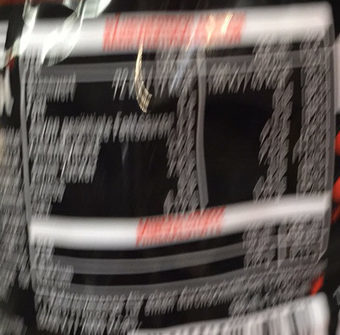Powerade Ion4 Blood Orange - 500ml
This product page is not complete. You can help to complete it by editing it and adding more data from the photos we have, or by taking more photos using the app for Android or iPhone/iPad. Thank you!
×
Barcode: 42117469
Common name: Boisson hydratante pour le sport
Quantity: 500ml
Brands: Powerade
Categories: Beverages, Artificially sweetened beverages, Energy drinks, Sweetened beverages
Labels, certifications, awards:
Green Dot, Made in Italy
Manufacturing or processing places: Italie
Countries where sold: France, Germany, Switzerland
Matching with your preferences
Environment
Packaging
Transportation
Report a problem
Data sources
Product added on by openfood-ch-import
Last edit of product page on by prepperapp.
Product page also edited by anticultist, beniben, desan, foodrepo, kiliweb, musarana, openfoodfacts-contributors, packbot, thaialagata, yuka.RjVJd0FxRUtsNklQcXZBeDlSUGU0STEvdzdLeVhFU3NEZkZLSUE9PQ, yuka.UUw1ZENKVWtvZnduby8wVnAwTCtvTTlTK0tlT2VqS0tJT0VhSVE9PQ, yuka.WUp3UURZWVJxOE03cXZNWDNDejE1OXRMN3NLMFhrR3JDc1FVSWc9PQ, yukafix.










